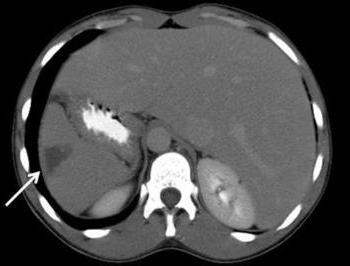Infectious endocarditis is called damage to the valves of the heart and endocardium. Bacteria become its cause. As a rule, these are streptococci. But sometimes fungi are the causative agents.
Etiology and pathogenesis
Most often, pathogens enter the heart chambers along with the bloodstream. However, there are cases when infectious endocarditis is contracted due to the fact that the infection is introduced during open heart surgery. Microbes settle on the valves and infect the endocardium. Tissues with anatomical defects or injuries are most susceptible to infection. However, normal heart valves are affected by certain types of microorganisms, especially against the background of a general decrease in immunity. It happens that bacterial colonies and blood clots collapse and enter the other organs with blood flow. They can infect them or provoke a blockage in the arteries. Because of this, the patient may begin the inflammatory process in the zone of accumulation of pathogens, a heart attack or stroke will occur.
Infectious endocarditis: classification
This disease is acute and subacute. Acute infectious endocarditis is a disease that begins suddenly (up to several days) and poses a threat to life. A person’s body temperature rises to 40 ° C, the heart rate rises significantly, fatigue increases rapidly, and extensive valve damage is observed. Emboli (endocardial vegetation) come off from it, which are carried by the bloodstream throughout the body, entering other organs, which can cause inflammation and blockage of important vessels. Over the course of several days, severe heart failure, shock, septic syndrome with internal organ failure may develop. Weakened by inflammation of the artery can burst. With this form of the disease, a fatal outcome is possible .
Subacute infectious endocarditis is a disease that develops gradually. Its inconspicuous course can last from several weeks to several months. Without a special examination, only serious valve damage or embolism can diagnose endocarditis. With an unexpressed course, the symptoms can be as follows: a slight increase in temperature (usually not more than 38 ° C), constantly increased sweating, weight loss, anemia, high fatigue.

It is possible to suspect that a person is sick with infectious endocarditis if he has a long temperature without an obvious focus of infection, an inflammatory process; existing heart murmurs appear or change; enlarged spleen. Often, small spots resembling freckles are observed on the skin of a person. They can appear under the nails and on the whites of the eyes. These are small hemorrhages that provokes the release of torn emboli into small vessels. Larger blood clots can cause blockage of the large arteries in the arms or legs, cause pain in the abdomen, stroke or heart attack. Methods of treating diseases - antibiotic therapy, surgery (if necessary, remove bacterial vegetation or replace valves).
Secondary endocarditis
The disease can develop again after an already suffered disease or for the first time against the background of existing ailments (heart defects and anomalies, atherosclerosis, rheumatism, etc.). This pathology is called "infectious endocarditis secondary."